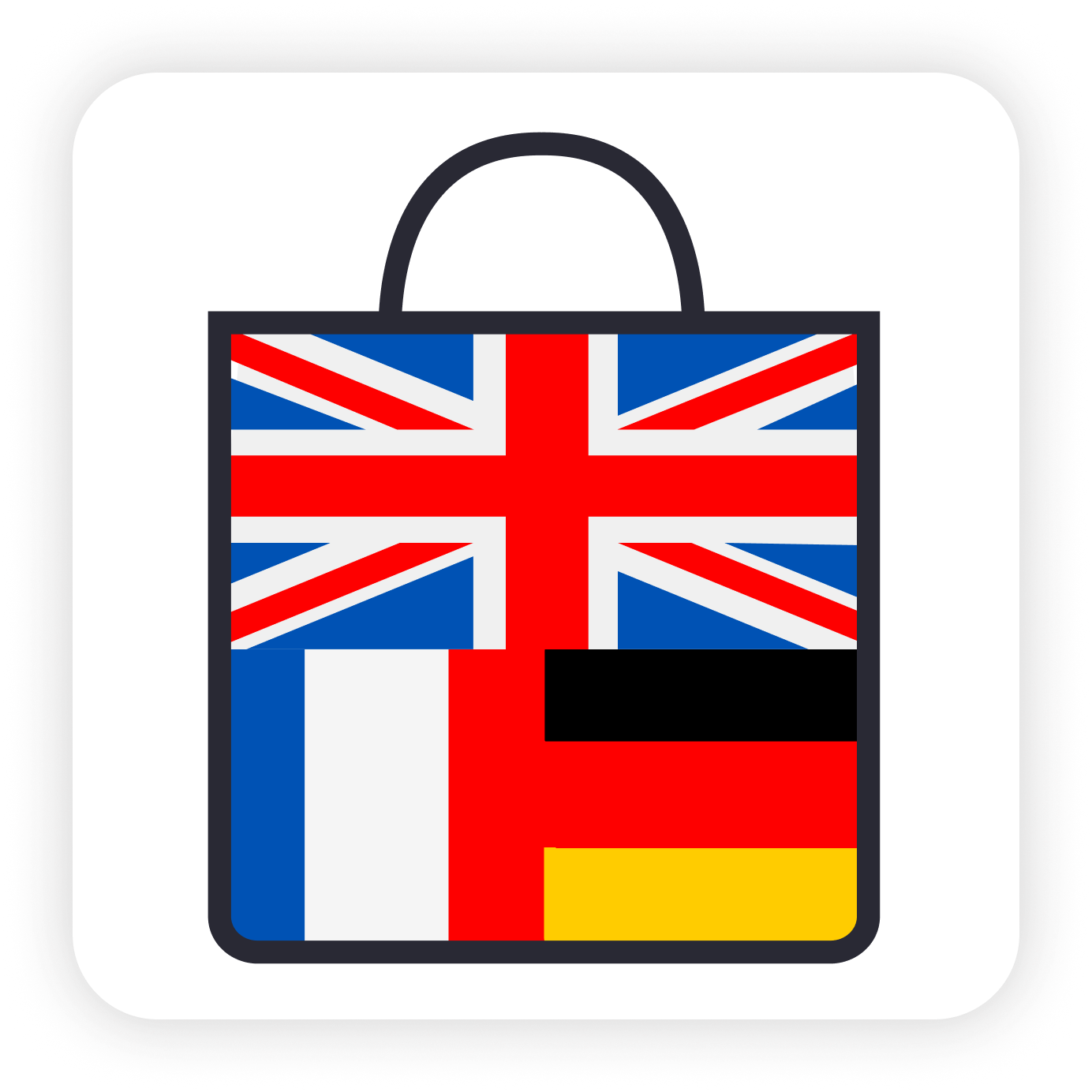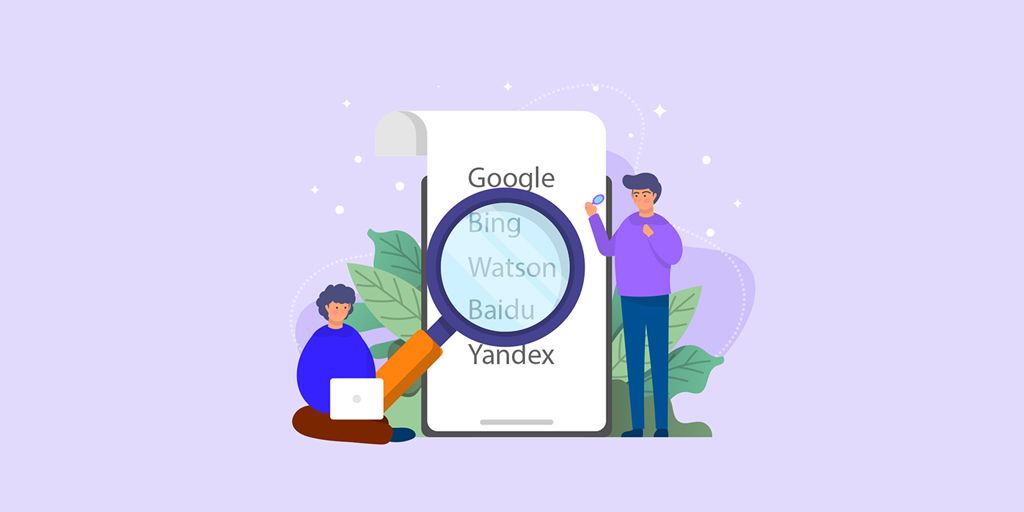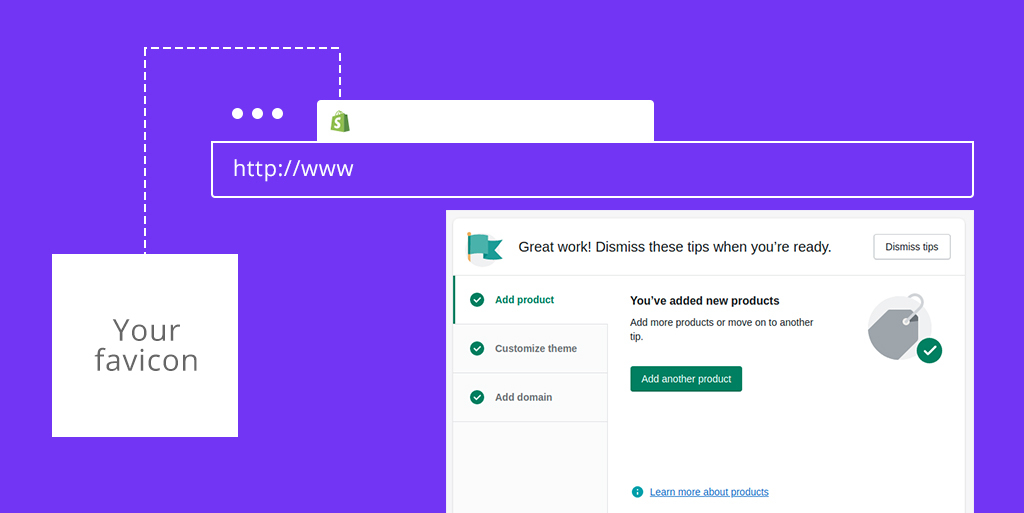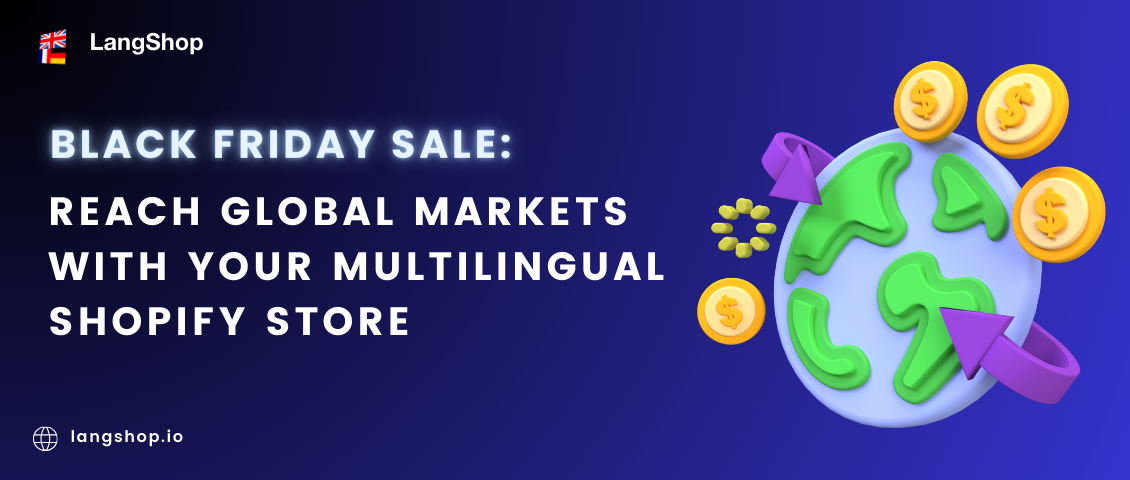This article is intended to overview a few most popular engines for automatic translation. The overview will give you brief information about each translation engine. Plus we’ll try to give you some comparison of them based on the number of supported languages and quality of made translation.
We are going to focus our attention on the below 5 translation engines:
They use advanced algorithms and the power of an artificial neural network to provide high-quality machine translation. Let’s go through the main features of each of them more closely:
Google Translate is the world’s most known translation service using statistical and neural machine translation. It was launched in 2006.
Bing, also known as Microsoft translator, is a service used by most Microsoft products. The first version of it appeared in 1999.
Watson is a translation software developed by IBM using rule-based and statistical models.
Baidu Translate is a translator developed by Baidu, a Chinese company.
Yandex is also using statistical and neural machine translation. It offers access to its API with the generated free API Key.
Number of supported languages in translation engines
All translation engines listed in the article are in constant development and continue to add new languages to them and improve their quality.
According to the latest information, the largest number of languages is available on Google – 110. Yandex is on the 2nd place with 95 supported languages. Then goes Bing (90). The last two are Watson and Baidu (51 and 27 respectively).
Keep in mind that the mentioned quantities don’t mean that you can translate from any language to any other from the list. The number of language pairs is also not full and differs for each provider. There are some pairs that are not available for one translator, but they exist on another.
Below you may see a chart made up by Intento that represents graphically how many language pairs are supported by a particular translation service provider. The red column indicates how many language pairs are unique (i.e. supported only by this provider and not any other). Languages reviewed in the current article are underlined:

Translation quality
The quality of machine translation is quite a complicated thing to evaluate. There are many parameters and methods of scoring machine translation quality. Besides, some engines do better with certain language pairs. For example, while Google may be leading in English -> French translation, Bing may give better result in English -> Portuguese and Baidu shows higher quality in English -> Chinese.
The below diagram, made by Intento represents a result of the comparison of translation engines quality based on LEPOR score. Higher bar means higher average translation quality. Black vertical lines indicate the difference in the quality of language pairs that scored best and worst within the same translation engine.

LEPOR is a method of machine translation quality measurement.
Also, some general information about the comparison of translation engines may be found here.
You may find some brief summary of the translation engines in the below table:
| Bing | Watson | Baidu | Yandex | ||
| License | Saas | Saas | Saas | Saas | Saas |
| Price | Paid Can be used with custom API | No fee required | Free, paid (depends on a plan) | No fee required | No fee required |
| Number of confirmed translation languages | 110 | 90 | 51 | 27 | 95 |
| Limitations | 15k characters limit for a single text. Lower speed of processing translation requests | Daily request limit of 1,000,000 characters. Monthly limit of 10,000,000 characters | Monthly limit of 1,000,000 characters | No known limits | 1,000,000 characters daily 10,000,000 characters monthly |
Reference materials:
https://en.wikipedia.org/wiki/Comparison_of_machine_translation_applications
https://fast.onehourtranslation.com/nmt-quality-score/
https://www.g2.com/categories/machine-translation
https://www.ibm.com/cloud/watson-language-translator/pricing









